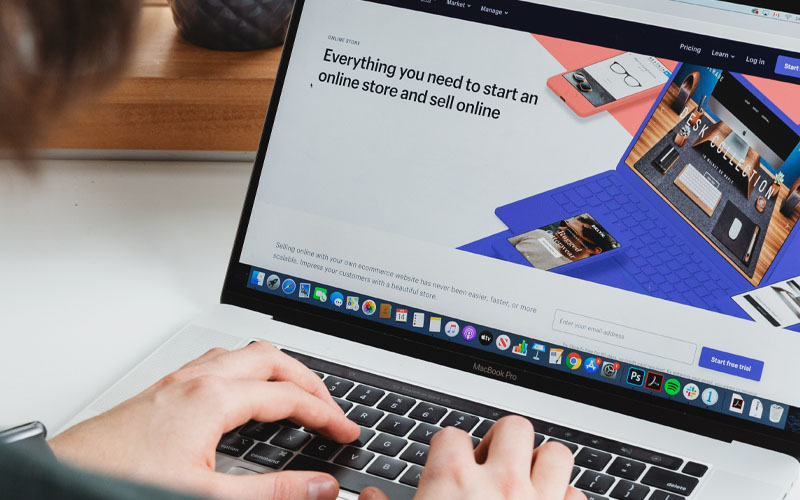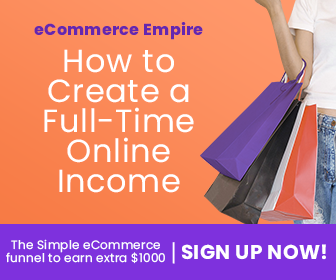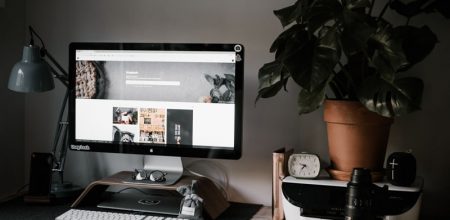
When you visit an ecommerce store such as Amazon, you probably don’t give all that much thought to the layout. Instead, you’ll probably just look for the product you want and then click buy.
But while you might not give it much though, the designers that work at Amazon will have given it hours and hours of extensive thought. That’s because the layout of a store can make a huge difference to how likely you are to buy and it can influence you in ways you might not expect.
One example of a tricky layout technique that store owners use is something called ‘POS’. Let’s take a look at what this is and how it works…
What is POS?
POS stands for ‘Point Of Sale’. Specifically, this refers to the physical point at which the sale is completed. If you’re in a real shop, then that point is going to be the checkouts and this will include the queue leading up the checkouts.
Now, if you think back to the last time you found yourself in that position (queuing to buy), then you may recall that there were probably items for sale on display there and that these were advertised quite prominently.
The places where these are promoted are referred to as ‘point of sale displays’ and they will most often include cheaper items like chocolate bars, small gifts or cheap jewelry.
You can mimic this same exact thing in an ecommerce store. The only difference is that instead of being a display in a queue, your point of sale offer is going to be any item that is promoted on the page where the visitors would normally enter their card details and click buy.
Why POS Items Work So Well
So what is the idea behind this? Why is this such a popular strategy that it is found both in real stores and on the web?
The answer is that POS items are ideal for upselling and encouraging buyers to slightly increase the amount of money they’re spending.
The reason for this is that POS points help you sell after you’ve overcome the main barriers to sale. A barrier to sale is anything that puts people off of getting their wallet out when they actually want to buy the product.
And the most common barriers here are trust, guilt and hassle. It’s a hassle to get out your wallet and enter your details, it’s worrying handing over your card details to any website and you probably feel guilty about spending the money.
But when you get to the checkout, this means that you’ve already input those details, you’ve already opted to spend the money and you’ve decided to trust the company. So then what is an extra $2 in order to get a nice extra bonus?
For this reason, it becomes much easier to convince someone to buy something at the POS – as long as it is a cheap item and as long as it still offers real value!







